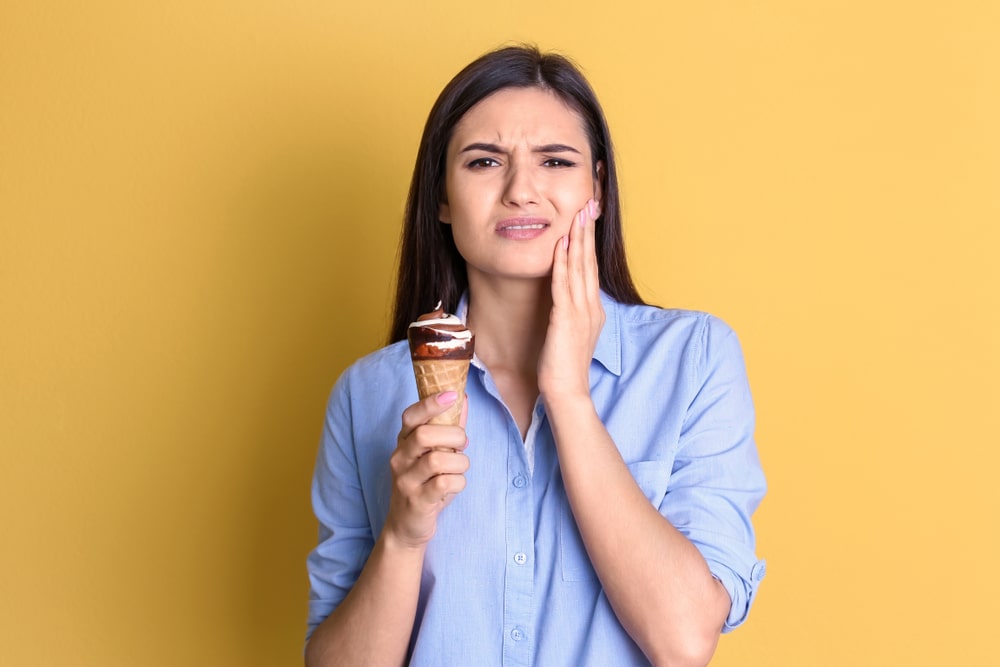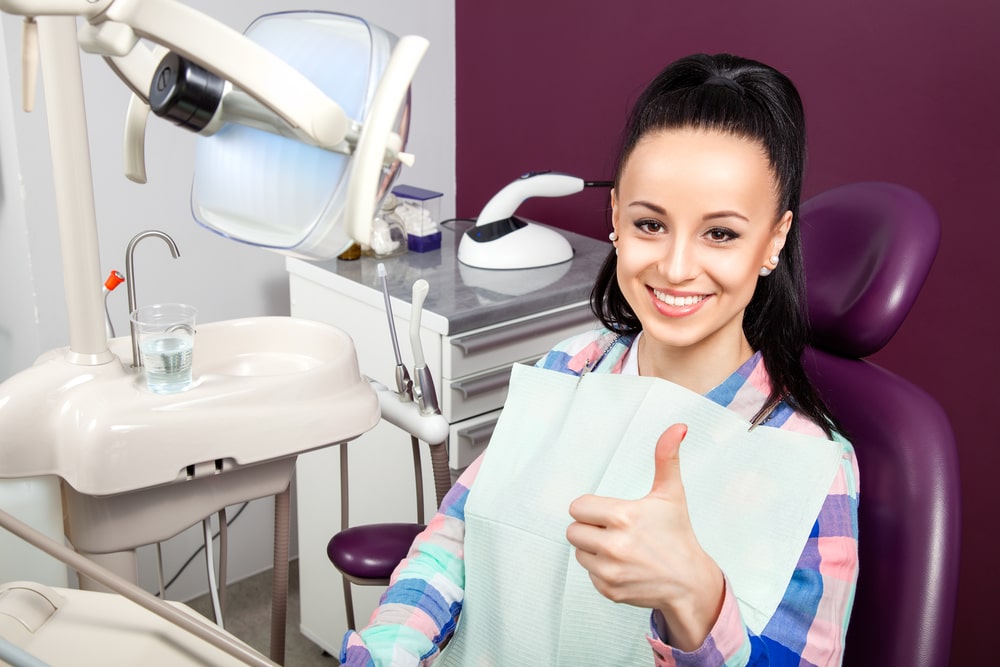Achieving a dazzling smile is a common desire, and teeth whitening is a popular route to brighten those pearly whites. With various options available, it can be challenging to decide between in-office and at-home teeth whitening. Both methods aim to improve the appearance of your teeth, but they differ significantly in their approach, convenience, and effectiveness. Let’s explore these two methods to help you make an informed decision.
In-Office Teeth Whitening
In-office teeth whitening, also known as professional teeth whitening, is a procedure conducted by a dental professional in a dental clinic. This method involves the application of a high-concentration bleaching agent on the teeth. The process usually includes the following steps:
- Preparation: The dentist applies a protective gel or a rubber shield to protect the gums and oral tissues.
- Application: A professional-strength bleaching agent is applied to the teeth.
- Activation: In some cases, a special light or laser is used to enhance the effectiveness of the bleach.
This procedure typically takes about 60 to 90 minutes, and the results are immediate and noticeable. In-office whitening is ideal for individuals looking for quick and significant whitening results under the supervision of dental professionals.
At-Home Teeth Whitening

At-home teeth whitening involves the use of commercially available kits that you can use at your convenience. These kits come in various forms, such as:
- Whitening strips
- Whitening gels and trays
- Whitening toothpaste
- LED whitening kits
These products contain a lower concentration of bleaching agents compared to what is used in professional whitening procedures. The process involves applying the product to the teeth for a specified duration over a period of days or weeks. At-home whitening allows for gradual improvement of the teeth’s color within the comfort of your home.
Comparing In-Office and At-Home Teeth Whitening
| Feature | In-Office Teeth Whitening | At-Home Teeth Whitening |
| Professional Supervision | Yes, performed by dental professionals | No, self-administered |
| Bleaching Agent Concentration | Higher, for more immediate results | Lower, for gradual results |
| Time for Results | Immediate, often in one session | Gradual, over days to weeks |
| Cost | More expensive | Less expensive |
| Treatment Duration | About 60-90 minutes per session | Varies, often requires consistent use over weeks |
| Safety | Monitored by professionals, lower risk of misuse | Higher risk of misuse or overuse if not carefully managed |
| Customization | Customized treatment based on individual assessment | Generally standard, with limited customization |
| Convenience | Requires a dental visit | Can be done at home at any time |
| Longevity of Results | Longer lasting with proper care | May need more frequent treatments for maintenance |
| Effectiveness | Typically more effective in a single session | Effective over time with repeated use |
Effectiveness and Results
- In-Office Whitening: Offers rapid and dramatic results, typically making teeth several shades lighter in a single session.
- At-Home Whitening: Results are more gradual and may require consistent application over several weeks to achieve noticeable whitening.
Convenience and Time
- In-Office Whitening: Requires a dental appointment and is completed within one or two visits, saving time for the individual.
- At-Home Whitening: Offers the convenience of being used at any time, fitting easily into daily routines, but requires a commitment over a longer period.
Cost
- In-Office Whitening: More expensive due to professional supervision, advanced technology, and immediate results.
- At-Home Whitening: More budget-friendly, appealing to those looking for a cost-effective solution to teeth whitening.
Safety and Supervision
- In-Office Whitening: Performed by professionals, reducing the risk of misuse and ensuring the health of the gums and teeth is monitored.
- At-Home Whitening: Requires careful adherence to instructions to avoid overuse or damage to teeth and gums, with a higher risk of user error.
Customization
- In-Office Whitening: Tailored to individual needs with professional assessment of the suitable whitening level and method.
- At-Home Whitening: Generally one-size-fits-all, with less scope for customization to individual preferences and requirements.
Conclusion
In conclusion, both in-office and at-home teeth whitening methods offer viable paths to achieving a brighter smile, each with its own set of advantages and considerations. In-office whitening is best for those seeking quick, dramatic results under professional care, while at-home whitening suits those preferring a more gradual, budget-friendly approach. Understanding these differences can help you choose the right teeth whitening option that aligns with your needs, lifestyle, and budget, leading you to a brighter and more confident smile.

Dr. Snehlata Kulhari completed her Bachelors of Dental Surgery (BDS) at Government Dental College in Punjab, India and her Doctor of Dental Medicine (DMD) degree at the Henry M. Goldman School of Dental Medicine in Boston. She has been practicing dentistry since 2011 and has founded Smile Mantra Family Dentistry to provide dental care and education to the community of Cary, NC. Dr. Kulhari stays up to date on the latest dental research and advancements in order to offer her patients exceptional dental care.



